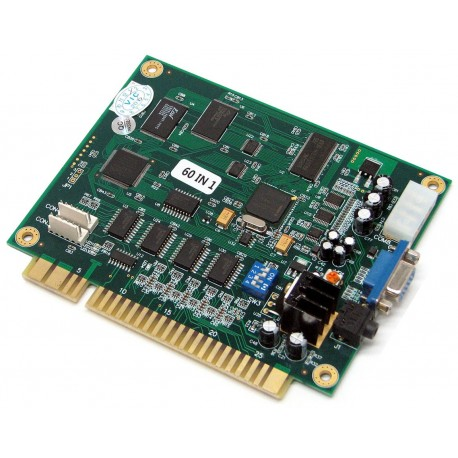PCB steel stencil can be divided into the following types according to process:
1. Solder paste stencil: As the name suggests, it is used to apply solder paste. Carve holes in a piece of steel that correspond to the pads on the PCB board. Then use solder paste to pad print onto the PCB board through the stencil. When printing solder paste, apply the solder paste on the top of the stencil, and place the circuit board below the stencil. Then use a scraper to scrape the solder paste evenly over the stencil holes (the solder paste will flow out of the stencil when it is squeezed) flow down the mesh and cover the circuit board). Attach the SMD components and reflow them together, and the plug-in components are manually welded.
2. Red plastic steel stencil: The hole is opened between the two pads of the component according to the size and type of the part. Use dispensing (dispensing is to use compressed air to point the red glue onto the substrate through a special dispensing head) to place the red glue on the PCB board through the steel mesh. Then put the components on, and after the components are firmly attached to the PCB, plug in the plug-in components and go through wave soldering.
3. Dual-process stencil: When a PCB board needs to be painted with solder paste and red glue, then a dual-process stencil needs to be used. Dual process steel mesh consists of two steel meshes, one ordinary laser steel mesh and one ladder steel mesh. How to determine whether to use a ladder stencil for solder paste or a ladder stencil for red glue? First understand whether to apply solder paste or red glue first. If the solder paste is applied first, then the solder paste stencil will be made into an ordinary laser stencil, and the red glue stencil will be made into a ladder stencil. If you apply red glue first, then the red glue stencil will be made into an ordinary laser stencil, and the solder paste stencil will be made into a ladder stencil.
